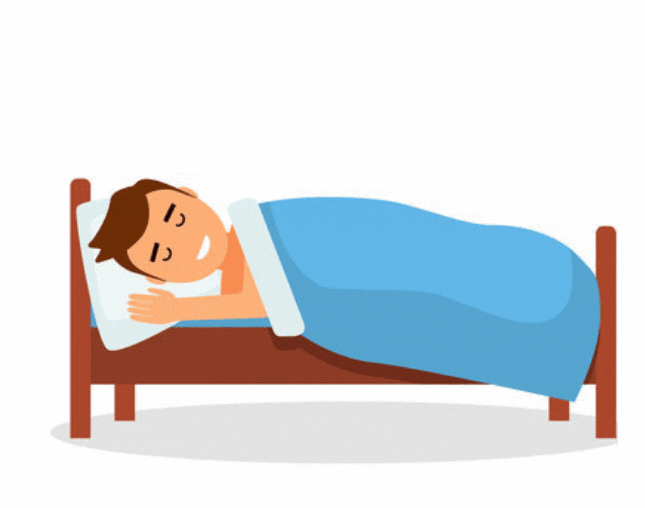58% of TYPE 2 DIABETES MELLITUS 1 patients suffer from Obstructive Sleep Apnea(OSA).




 Research Society for Study of Diabetes in India (RSSDI)
Research Society for Study of Diabetes in India (RSSDI) 

Loud Snoring

Daytime Sleepiness

Not feeling fresh even after a full night's sleep

Gasping for breath during sleep


 RSSDI clinical practice recommendations for screening, diagnosis, and treatment in T2DM with Obstructive Sleep Apnea
RSSDI clinical practice recommendations for screening, diagnosis, and treatment in T2DM with Obstructive Sleep Apnea 








Patients suffer from obesity

Smokers,alcohol consumers, and physically inactive people are at risk

Both increase the risk of cardiovascular diseases and other complications
